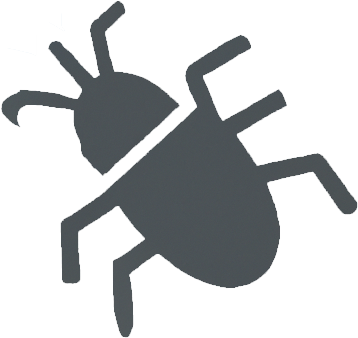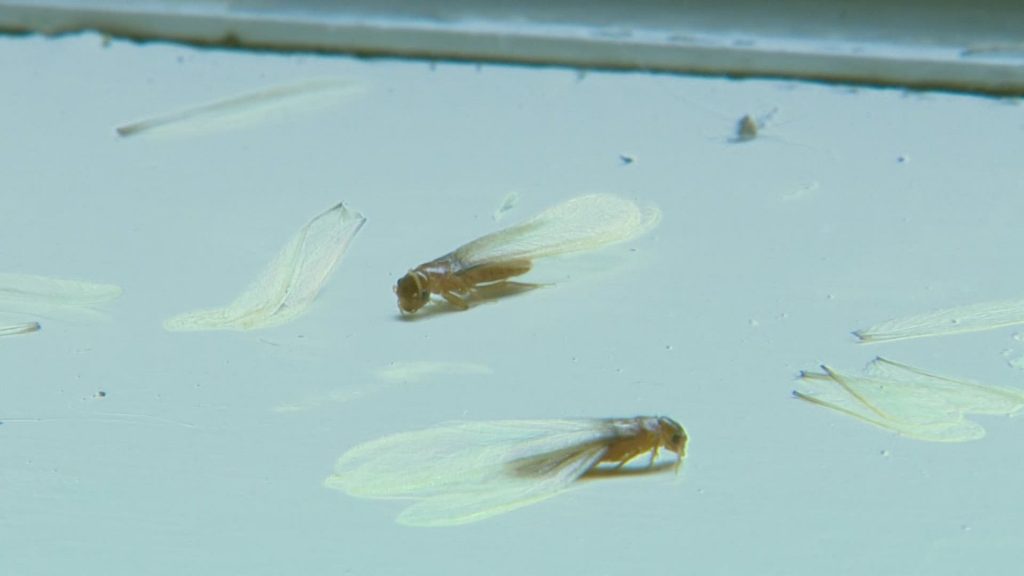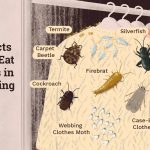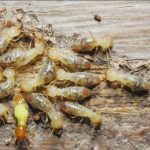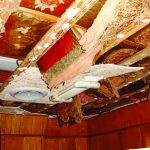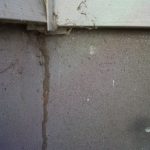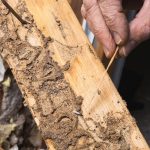Houston is a beautiful city, but it’s also a hot spot for termite infestations. Protecting your home from termites is an essential part of home maintenance, and this article will provide tips for preventing termites in Houston. From inspection to prevention, these tips will help you keep these unwanted pests out of your home.
Common Types of Termites in Houston
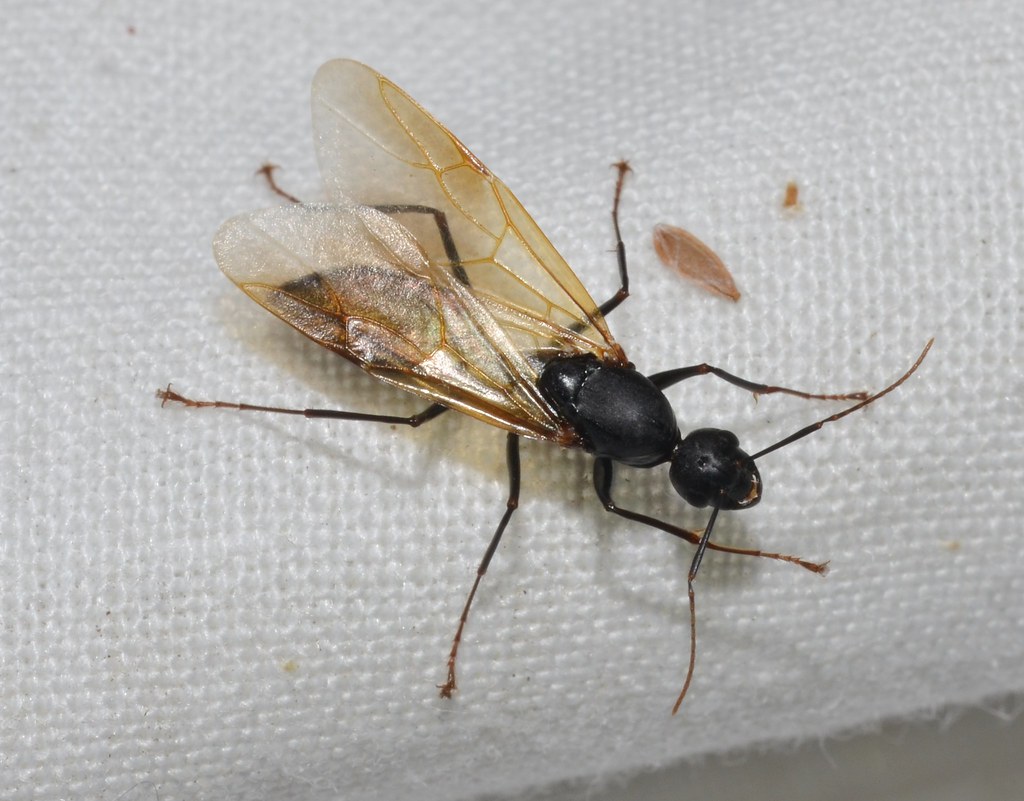
- Subterranean Termites: These are the most common type of termite found in Houston. They live in colonies underground, building extensive networks of tunnels and galleries. They feed on wood, paper, and other cellulose-based materials.
- Drywood Termites: Unlike subterranean termites, drywood termites do not need access to moisture, and can live in dry wood. They are able to stay alive in wood that is in a relatively dry environment.
- Formosan Termites: These termites are large, aggressive and highly destructive. They have been known to invade homes and other structures and can cause considerable damage.
Subterranean Termites
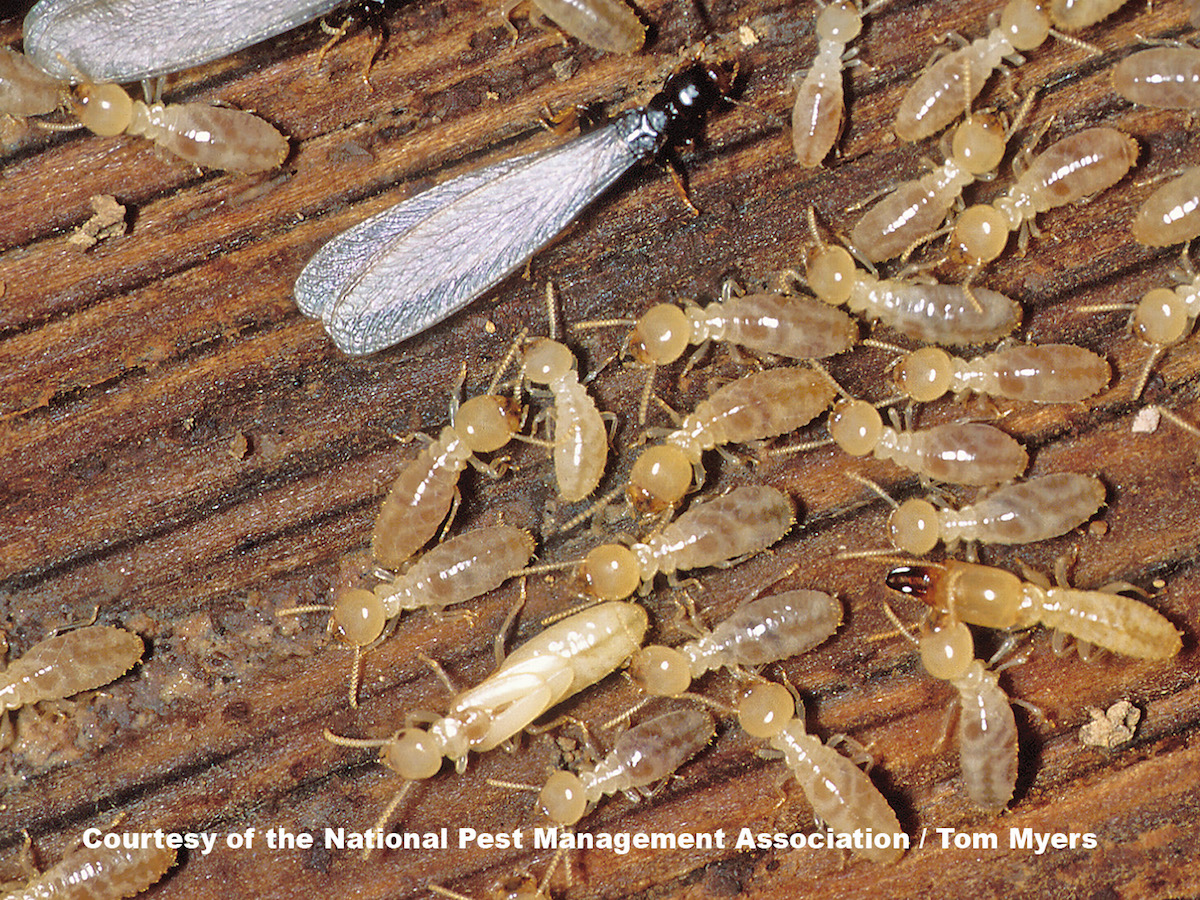
Subterranean termites are one of the most common termite species found in Houston. They live in underground colonies and feed on wood, paper and other materials that contain cellulose. These termites can cause extensive damage to wood structures they infest, and can cause a great deal of economic damage if left unchecked. Subterranean termites can travel up to 300 feet away from their nest in search of food. They are known to enter homes through cracks or gaps in foundation walls, floors, and around windows and doors. To control these termites, baiting and liquid termiticides are common treatments that can be used to kill the colony and prevent further damage.
Drywood Termites
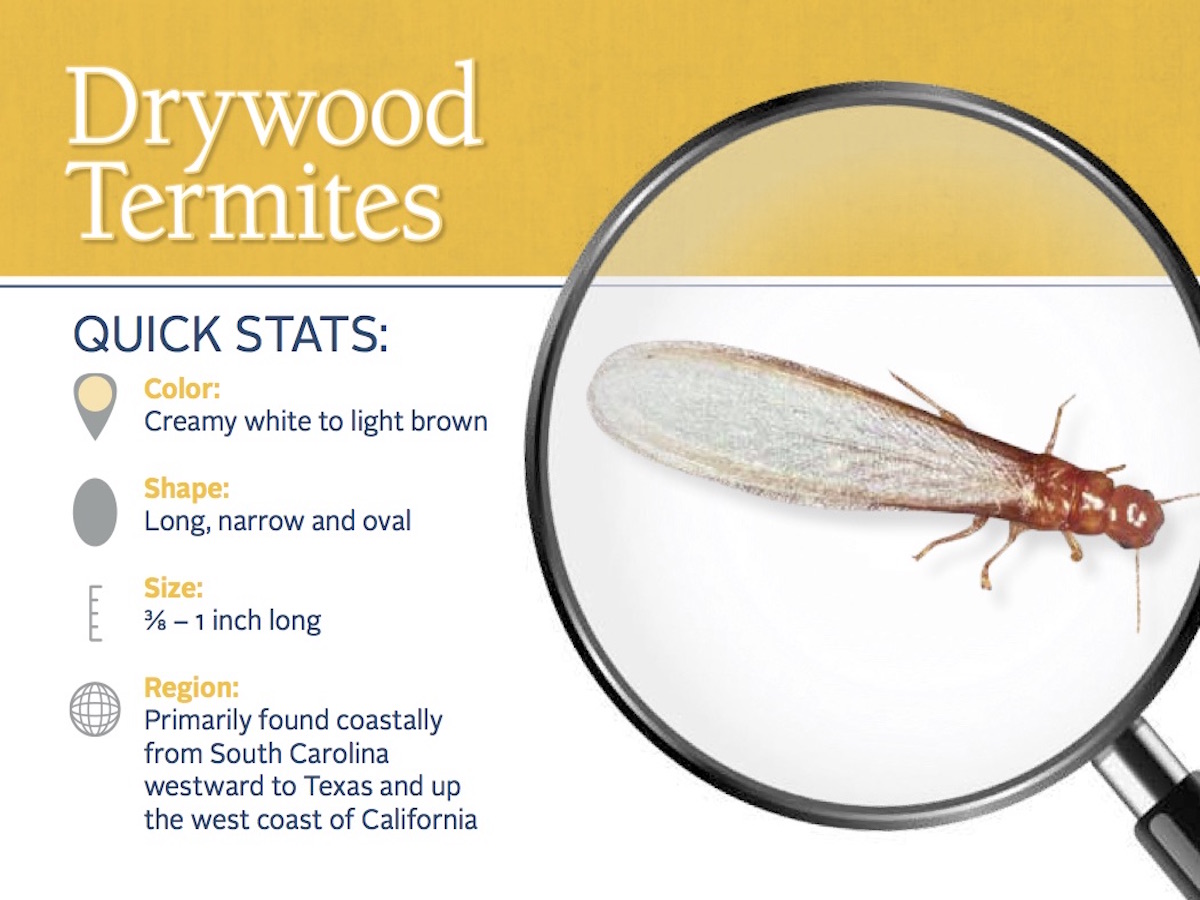
Drywood termites are one of the most destructive types of termites in Houston. These termites live in and consume dry wood, unlike their subterranean counterparts who feed on the cellulose found in soil and wood. Drywood termites are usually introduced to a home in wood products, such as furniture, firewood, and structural lumber. They can consume the wood of the home, causing extensive structural damage. Drywood termites are difficult to detect in the early stages of infestation, as they are capable of living and reproducing in small, isolated areas. They also produce very little sawdust, making them difficult to identify until the damage has already been done. Drywood termites are best controlled through either fumigation or localized treatments, such as spot treatments or foam treatments.
Termite Control & Prevention
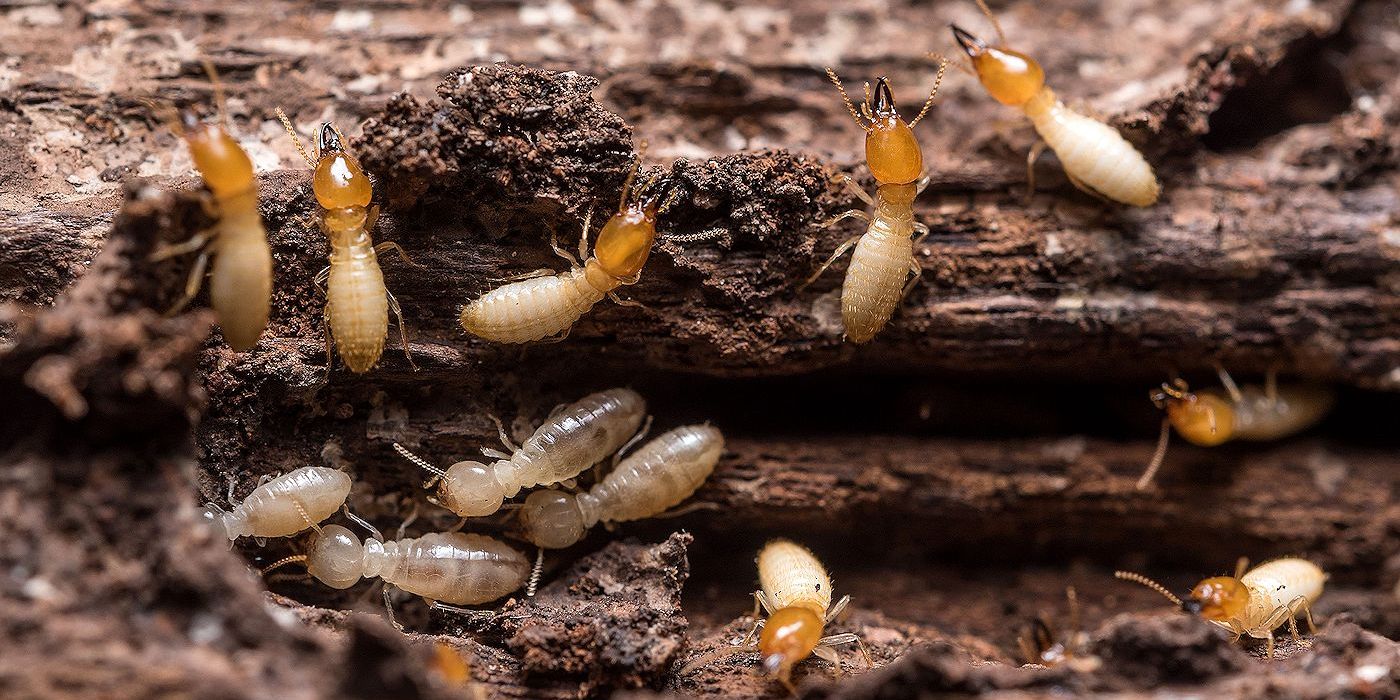
Termite control and prevention is essential in Houston, as the city is home to a variety of different termite species. The most common species found in Houston is the subterranean termite, which is responsible for the majority of termite-related damage in the area.
It is important to regularly inspect your home for signs of termite activity, such as mud tubes, swarming termites, and soft or damaged wood. If you suspect a termite infestation or notice any of these signs, contact a licensed pest control professional for an inspection and treatment plan.
Preventative termite treatments are available for homeowners, and are designed to create a chemical barrier around the home to prevent termites from entering. These treatments are typically applied to the soil around the foundation of the home and can last for several years.
Other forms of termite control and prevention include reducing areas of moisture around the home, removing wood debris from the yard, and keeping woodpiles away from the house. Additionally, homeowners should repair any water leaks and make sure that gutters and downspouts drain away from the foundation.
Following these steps can help reduce the risk of termite infestation and protect your home from termite-related damage.
Identifying Infestations
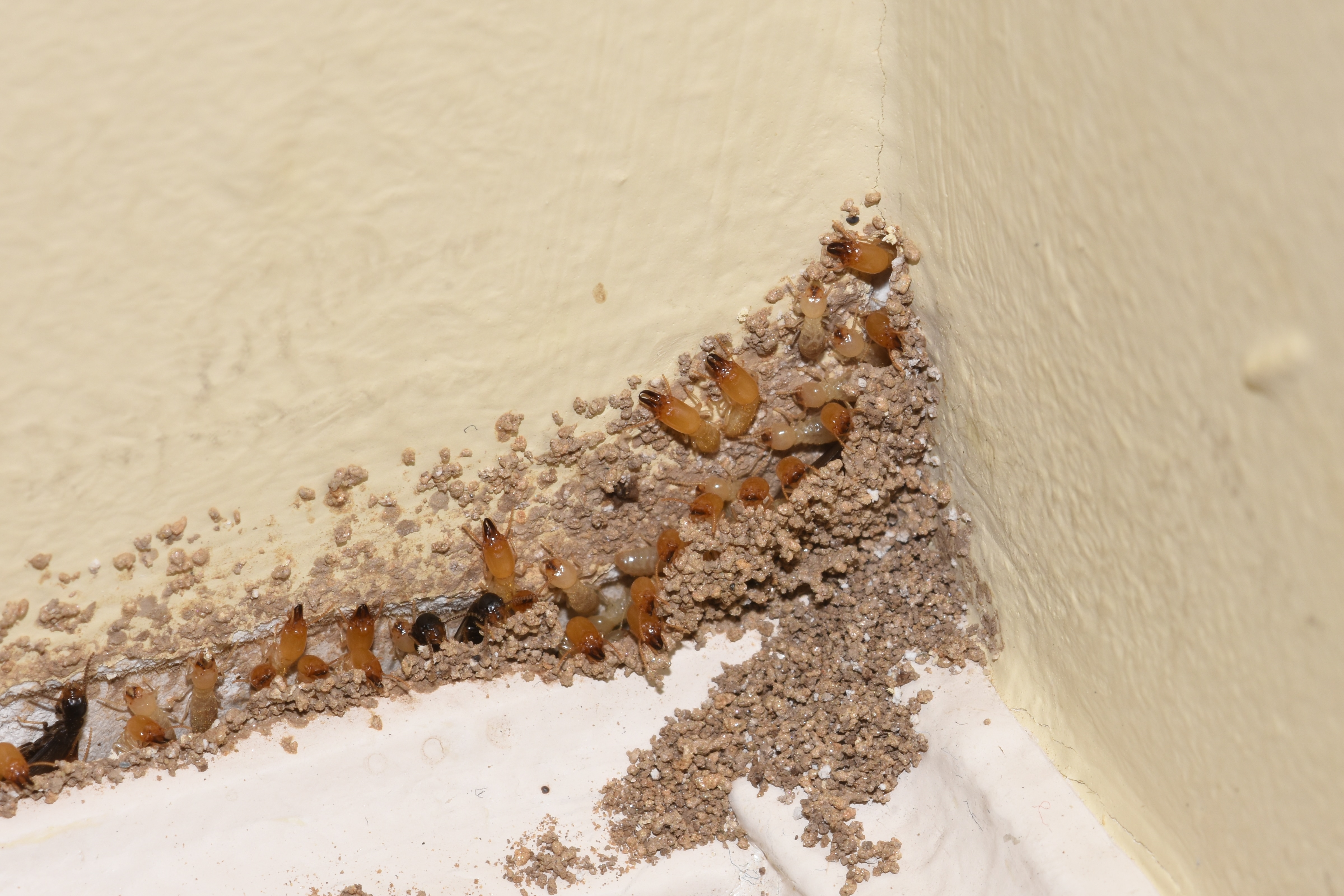
| Signs of Infestation | What to Look For |
|---|---|
| Mud Tubes | Tubes are made of soil and wood particles and are about the width of a pencil. They provide shelter and a way for termites to move around without being exposed to open air. |
| Wood Damage | Look for blistered or honeycombed wood, which are signs of termite activity. Termites can also cause paint to bubble and crack. |
| Swarmers | Winged termites, also known as swarmers, are typically found near windows, doors, or lights. Swarmers shed their wings after mating. |
| Droppings | Termite droppings, also known as frass, look like sawdust and can be found on window sills and near infested wood. |
Inspecting the home for signs of termite activity is the first step in identifying an infestation. Common signs of infestation include mud tubes, wood damage, swarmers, and droppings. Mud tubes are made of soil and wood particles and are about the width of a pencil. They provide shelter and a way for termites to move around without being exposed to open air. Wood damage includes blistered or honeycombed wood, as well as paint bubbling and cracking. Swarmers are winged termites, typically found near windows, doors, or lights. After mating, they shed their wings. Droppings, also known as frass, look like sawdust and can be found on window sills and near infested wood.
Treatment
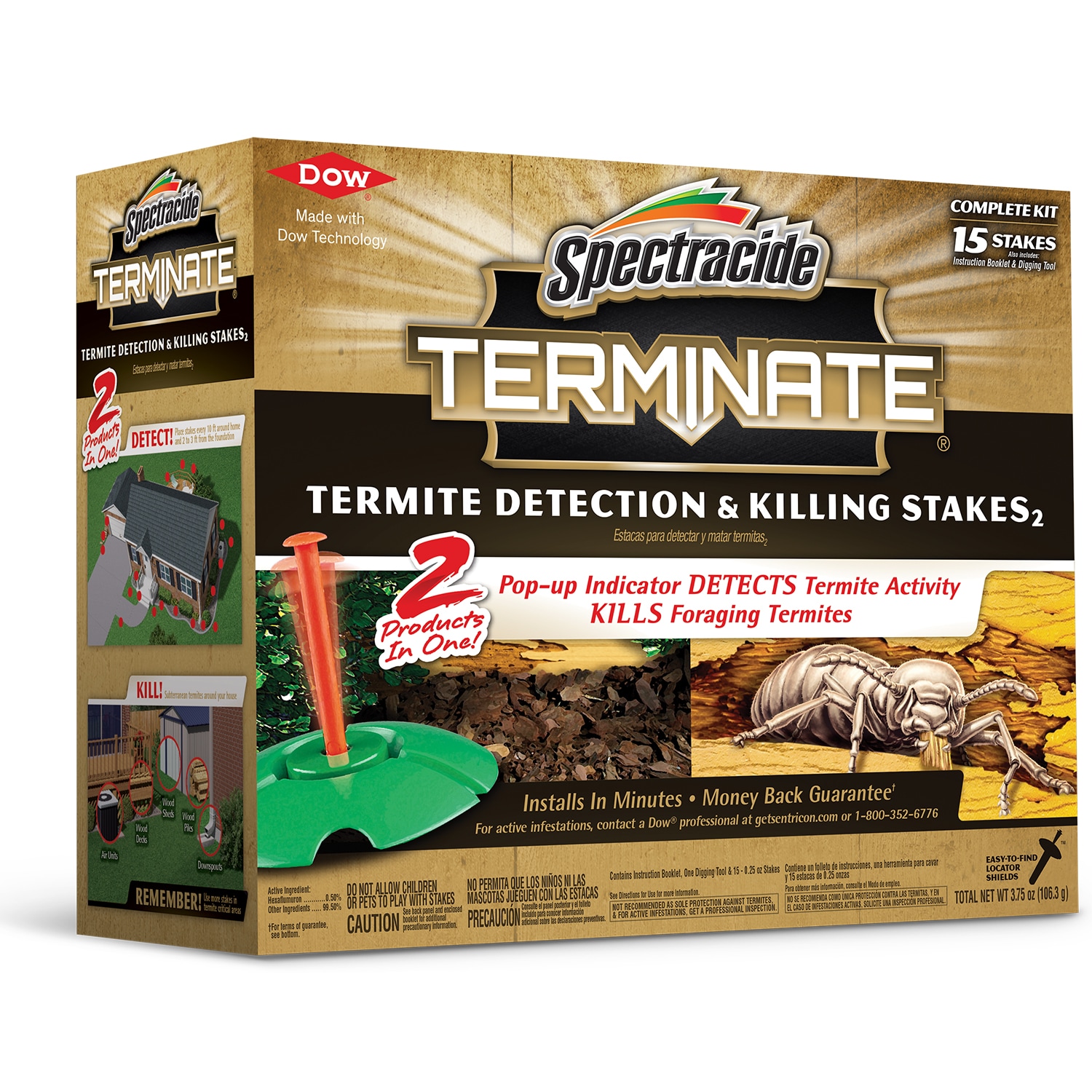
Termite treatment in Houston requires experience and expertise. A thorough inspection must be conducted to identify the severity of the infestation and determine the best treatment option. The most common methods for treating a termite infestation are fumigation, baiting, and liquid treatments. Fumigation involves the use of gas to penetrate and eliminate the entire infestation. Baiting is a process of placing baits in the ground to attract and eliminate termites from the area. Liquid treatments involve the spraying of chemicals to kill the termites. Each treatment option has its own pros and cons and should be discussed with a qualified exterminator.
Termite Damage
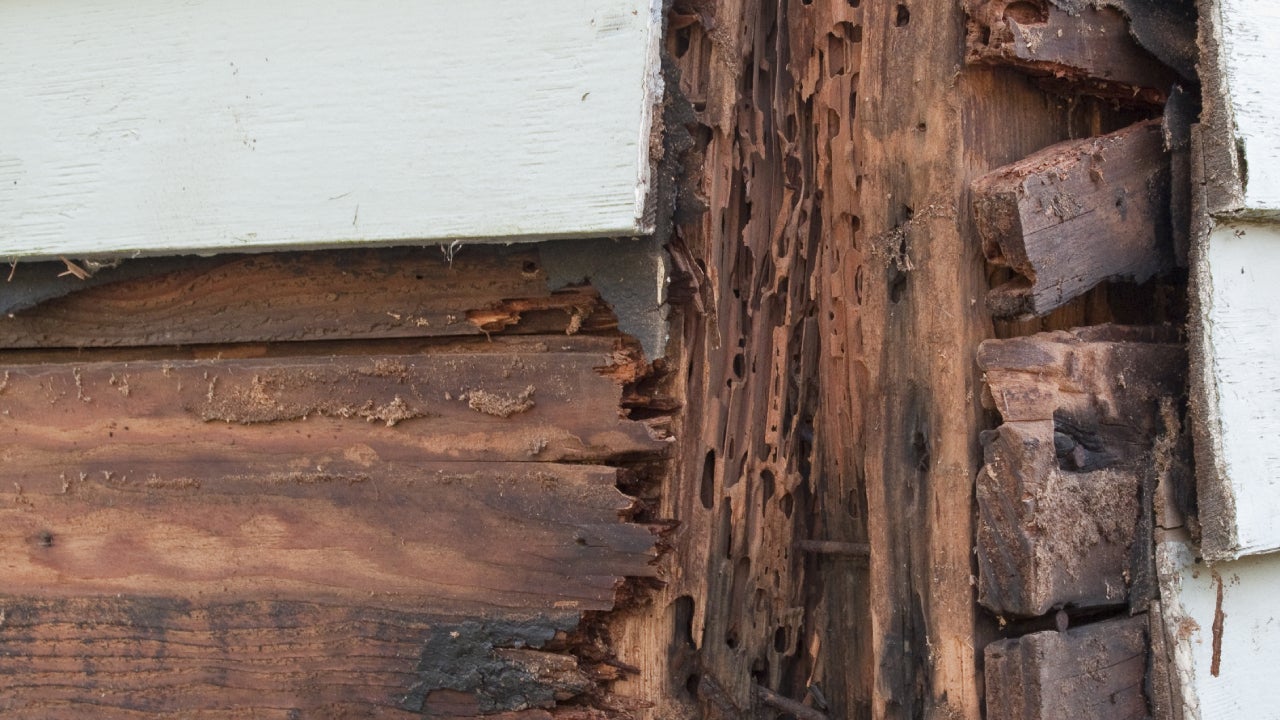
- Structural damage to walls and other wooden structures, such as floor joists, rafters, etc.
- Damage to furniture and other wood items, such as bookshelves.
- Damage to wallpaper and other non-wooden items.
- Damage to insulation, wiring, and other hidden areas.
- Discoloration, buckling, and bulging of wood surfaces.
- Mud tubes along exterior walls or other areas where termites are present.
- Small tunnels in wood, known as galleries.
- Visible termite swarmers or discarded wings.
Signs of Damage
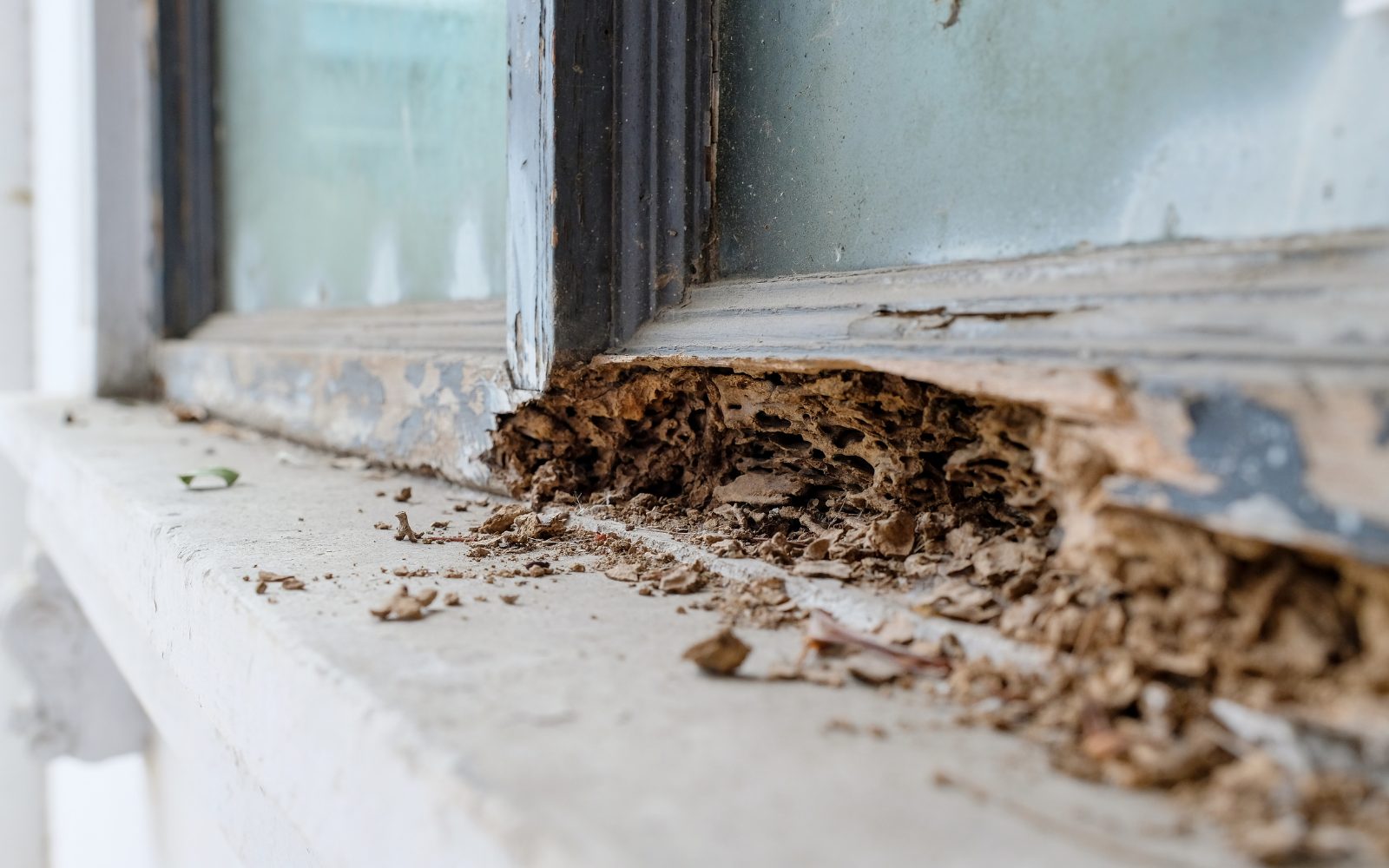
| Sign | Description |
|---|---|
| Mud Tubes | Tubes made of mud and termite droppings, used by termites to travel between their nest and the wood they’re consuming. |
| Swarms | A swarm of winged termites which emerge from an established colony in order to find a new place to settle. |
| Discarded Wings | Small pairs of wings left behind by termites after they have swarmed. |
| Soft Wood | Wood that has been chewed on by termites, causing it to become soft and easily breakable. |
| Hollow Wood | Wood that has been hollowed out by termites, making it sound hollow when tapped. |
| Discolored Wood | Wood that has been discolored by the presence of termites. |
| Paint Blisters | Bubbles in the paint caused by termites consuming the wood underneath. |
Repairing & Preventing Damage
- Remove the source of moisture and food: Any sources of moisture and food like wood, paper, and cloth need to be removed from the property. This can help eliminate the chances of the termite infestation.
- Install physical barriers: Physical barriers such as metal sheeting can be used to prevent termites from entering the home.
- Inspect and repair any damaged wood: Any wood that has been damaged by termites should be inspected and repaired to prevent further damage.
- Treat the infested area with insecticides: Insecticides can be used to treat the infested area and prevent further damage.
- Regularly inspect the property: Regular inspections of the property should be conducted to detect any signs of termite infestation.
Professional Termite Control Services
Termites can cause severe structural damage to properties and it is important to have a professional termite control service to protect your home or business. Professional termite control companies use a variety of methods to control termites and prevent future infestations. These methods may include baiting, fumigation, and chemical treatments. Professional termite control services can also provide inspection and advice on how to prevent termites from invading your property in the future. They can also recommend ways to reduce the risk of termite damage, such as regular inspections and proper maintenance. Professional termite control companies are experienced in treating different types of termites and can provide the best solution for your specific problem.
Frequently Asked Questions
What is the Risk of Drywood Termites in Houston?
Drywood termites are a major problem in Houston due to the warm and humid climate. They can cause significant damage to homes and buildings if left untreated. Drywood termites are most likely to infest wood that is not exposed to the elements, such as window and door frames, attics and crawl spaces. They can also damage furniture, hardwood floors and other wood products. Treatment for drywood termites requires professional assistance. This includes fumigation or localized treatments such as spot treatments and injection treatments. It is important to contact a professional pest control company to assess the severity of the infestation and recommend the best course of treatment.
Are there any preventative measures to take against termites in Houston?
Homeowners in Houston should take proactive steps to avoid termite infestations. The first step is to reduce moisture in and around the home by ensuring that gutters are free of debris, repairing leaks, and installing proper drainage systems. Additionally, homeowners should inspect their homes regularly for signs of termite damage and seal cracks and crevices in the foundation, walls, and windows. Wood piles should be stored away from the home and away from direct contact with the soil. Additionally, homeowners should consider treating their homes with chemical or borate-based treatments to deter termite infestations.
What are the signs of a termite infestation in Houston?
Signs of termite infestation in Houston may include swarming, mud tubes, wood damage, and dropping wings. Swarming occurs when winged termites emerge from colonies and fly around in search of new areas to establish a new home. Mud tubes are a sign of an active colony and are made of soil and wood debris. Wood damage appears as small holes, uneven or bubbling paint, or wood that sounds hollow when tapped. Dropping wings may be found near windows, doors, or other light sources.
What are the Most Common Types of Termites in Houston?
In Houston, the most common type of termite is the subterranean termite. These termites live in large colonies and are found in moist wood or soil. Other common types of termites include drywood termites, which live in dry wood, and Formosan termites, which are more aggressive and can cause more damage than other types of termites.
How can homeowners in Houston protect their homes from termites?
Homeowners in Houston can protect their homes from termites by regularly inspecting their property for signs of infestation. Homeowners should inspect the foundation and exterior walls for mud tubes, drywood termite droppings, and swarming activity. Other areas to inspect include the basement, windows, door frames, and decks. Homeowners should also inspect any wood furniture, flooring, and other wooden structures for signs of damage, such as holes and tunnels. Additionally, homeowners should consider using termite baits and sprays to prevent and control infestations.
Conclusion
Taking the necessary steps to prevent termites in Houston is essential to protecting your home and its value. Begin by regularly inspecting for signs of infestation, keeping moisture levels low, and using termite-resistant wood if possible. Additionally, consider contacting a pest control professional to inspect your home and provide treatment if necessary. With these tips and proper vigilance, you can keep termites away from your Houston home.
